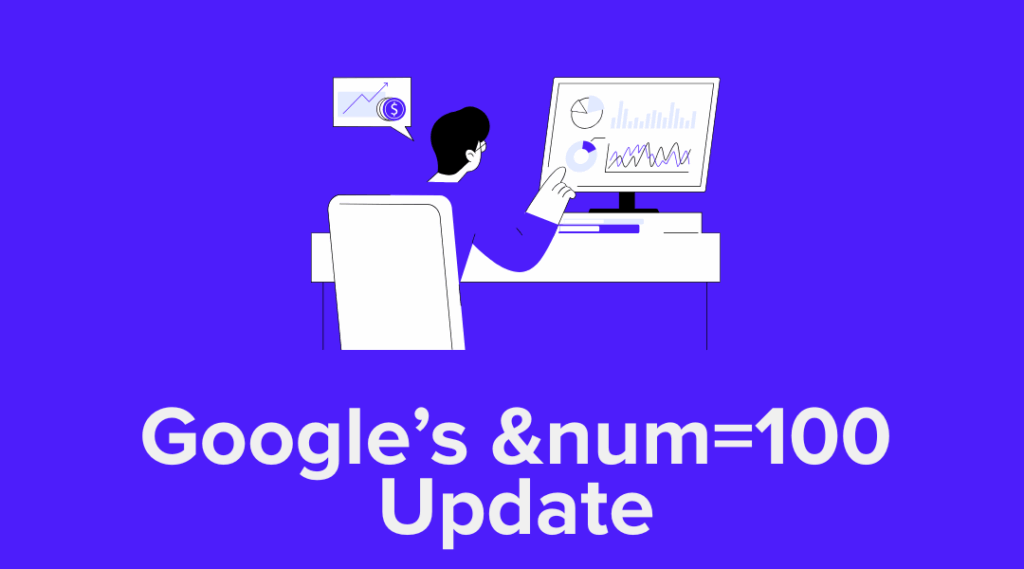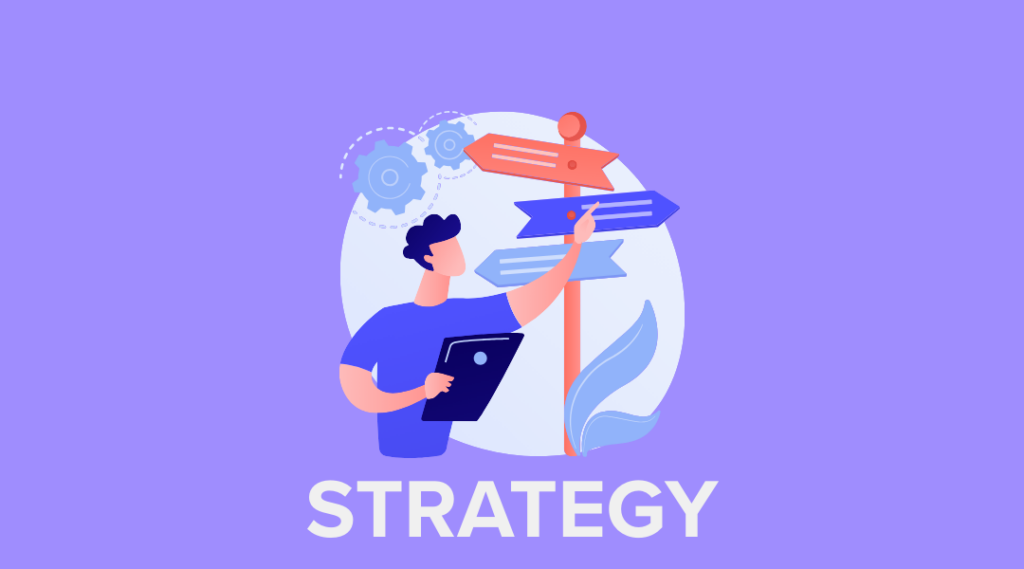Summary:
SEO does more than attract visitors—it multiplies the impact of every marketing channel. When combined with paid, social, and email, it reduces acquisition costs, strengthens brand visibility, and turns isolated efforts into a unified, scalable strategy for growth.
Businesses often approach digital marketing with a single-channel focus—starting with paid ads, social media, or email marketing. But real scalability happens when these channels work together rather than in isolation. SEO is unique because it not only drives organic traffic but also amplifies and optimizes other marketing efforts, making it a powerful multiplier for growth.
Whether SEO is your first marketing investment, a way to improve existing paid and social efforts, or the missing piece in a fully developed marketing strategy, it plays a critical role in maximizing the performance of all channels. In this article, we’ll look at how SEO enhances paid, social, and email marketing, creating compounding growth and a more efficient, data-driven approach to customer acquisition.
The power of an integrated SEO strategy
How SEO strengthens other channels
SEO is more than just an organic traffic generator—it’s a core component of a successful digital marketing strategy. When integrated effectively, SEO fuels and enhances other channels:
- SEO + Paid Search: SEO reduces cost per acquisition (CPA) by targeting high-value keywords that inform and refine paid search campaigns. It also ensures that a business captures demand beyond just ad-driven traffic.
- SEO + Social Media: Social content and SEO work in tandem, with high-performing blog content repurposed for LinkedIn, Facebook, and X. Additionally, social signals, while not a direct ranking factor, can contribute to brand visibility in search.
- SEO + Email Marketing: SEO-driven content is an asset for email flows and campaigns, supporting customer education, lead nurturing, and direct revenue generation through strategic blog traffic.
The problem with a siloed approach
Many businesses treat SEO as a standalone effort, missing opportunities to maximize its impact across other channels. Paid teams often fail to leverage SEO data for better targeting, social teams underutilize SEO content for engagement, and email marketing efforts are disconnected from high-performing organic content. This fragmented approach leads to inefficiencies, higher acquisition costs, and missed growth potential.
A well-integrated SEO strategy ensures that insights, content, and optimizations are shared across marketing channels, amplifying their collective impact.
→ Discover how SEO can supercharge your account-based marketing in the AI era
Building a unified SEO & marketing strategy
Step 1: Identifying overlapping opportunities
The foundation of an integrated marketing strategy starts with understanding how SEO insights can be leveraged across other channels:
- Keyword Data Alignment: Paid and organic search teams can collaborate to prioritize high-intent keywords, ensuring budget efficiency and greater visibility.
- Content Strategy Integration: Blog content that ranks well organically should be repurposed for social posts, LinkedIn thought leadership, and even paid ad creatives.
- Remarketing & Retargeting: SEO-driven traffic can be used to build retargeting audiences, ensuring that visitors who engage with organic content continue moving down the funnel.
See how SME led content helps attract the right leads for our clients. Show me the case study →
Step 2: Aligning content, messaging, and offers
Every channel plays a role in the marketing funnel, and SEO provides valuable insights into customer intent at each stage:
- Top-of-Funnel (Awareness): SEO content introduces potential customers to your brand, while social media amplifies reach and engagement.
- Mid-Funnel (Consideration): High-performing SEO content can be used to fuel remarketing ads and email nurturing sequences.
- Bottom-Funnel (Conversion & Retention): Optimized landing pages support paid and organic traffic, improving conversion rates and customer retention efforts.
When SEO is intentionally aligned with paid, social, and email strategies, businesses create a seamless, omnichannel experience that maximizes return on investment.
Tactical integration: how SEO powers paid, social & email
SEO + Paid Search: capturing & converting demand
SEO and paid search should work together to drive efficiency and better results. By using SEO insights, businesses can refine their PPC bidding strategy, reduce reliance on expensive keywords, and improve landing page performance.
Additionally, retargeting visitors who first discovered your brand through SEO can lead to higher conversion rates, as these users are already familiar with the company. Branded search lift is another critical factor—when a business consistently ranks for high-intent keywords, it increases brand awareness, ultimately decreasing dependency on paid branded campaigns.
SEO + Social Media: driving visibility and thought leadership
SEO and social media reinforce one another, expanding brand visibility and engagement for your business. Thought leadership content published on LinkedIn can rank in Google, extending its reach and life far beyond its initial post date. Meanwhile, social shares and engagement drive additional brand mentions and backlinks, indirectly benefiting SEO performance.
Repurposing SEO-driven blog content into engaging LinkedIn posts, Facebook discussions, and threads on X (BlueSky, Mastodon, Threads–you choose) will allow your business to maximize the ROI of its organic content while increasing reach across multiple platforms.
SEO + Email Marketing: using content to drive revenue
Email campaigns and automated flows can leverage SEO content to educate, engage, and convert subscribers. Instead of relying solely on promotional emails, your businesses can use content created for your blog as valuable assets in welcome series, post-purchase emails, and lead nurturing sequences.
In some cases, we’ve seen SEO-driven blog content distributed through email flows and campaigns directly generate five- to six-figure revenue for a client. Additionally, high-performing blog content can be repurposed into gated lead magnets, such as ebooks and whitepapers, fueling email list growth and subsequent email marketing efforts.
Learn more: SEO + Email: A Conversion Driving Duo
Measuring SEO’s impact across channels
What can be tracked reliably
While attribution tracking has become increasingly complex, businesses can still measure SEO’s impact through key indicators:
- Branded Search Growth: An increase in direct brand searches indicates that SEO is contributing to greater brand awareness.
- Organic-to-Paid Conversions: Retargeting SEO visitors with paid ads often leads to higher conversion rates and more efficient ad spend.
- SEO’s Influence on Social & Email Traffic: A rise in referral traffic from social media and email campaigns indicates that SEO content is being utilized successfully to drive traffic from other marketing channels.
Navigating attribution challenges
Despite its importance, multi-touch attribution in GA4 can be difficult to extract meaningful insights from. Instead of attempting to assign exact revenue impact to SEO, businesses should focus on broader trends and directional data that demonstrate SEO’s role in the overall marketing mix.
- Branded Search Lift: An increase in branded search volume over time suggests that SEO-driven visibility is influencing awareness and direct searches for the business.
- Assisted Conversions: Even if SEO isn’t the last-click source, GA4’s assisted conversions report can show how often organic search played a role in the customer journey.
- Organic Traffic Impact on Paid Performance: A rise in organic rankings for high-intent keywords can lead to improved paid search quality scores and lower CPCs.
- SEO-Driven Audience Retargeting: Visitors who land on the site through organic search can be added to paid retargeting lists, helping to convert users later in the funnel.
- Cross-Channel Engagement Trends: Monitoring how organic visitors engage with social and email campaigns can provide insights into SEO’s role in driving long-term customer relationships.
Additionally, tracking brand mentions across AI Overviews and LLM-powered search results provides an alternative way to measure SEO’s influence, even in cases where traditional click-based attribution falls short.
Learn more about our C.LA.R.I.T.Y framework for AI optimization →
Why SEO is the foundation of digital growth
SEO isn’t just another marketing channel—it’s a foundational strategy that strengthens paid, social, and email marketing efforts. Whether SEO is your starting point or the missing piece of your digital marketing puzzle, it enhances every other channel by reducing acquisition costs, improving content efficiency, and increasing brand awareness.
In an era where single-channel attribution is increasingly difficult, companies that leverage SEO as an integrated growth engine will see the greatest long-term success. The smartest move isn’t choosing between channels—it’s ensuring SEO is embedded into your entire digital marketing strategy for maximum impact and scalability.
Let’s make SEO work for your business
Ready to see how SEO can amplify your entire marketing strategy? Let’s talk →
At tiptop we specialize in building integrated, results-driven SEO strategies that don’t just drive traffic but create lasting business impact. Get in touch today to explore how we can help you grow smarter and faster through organic search.
You might also like:





